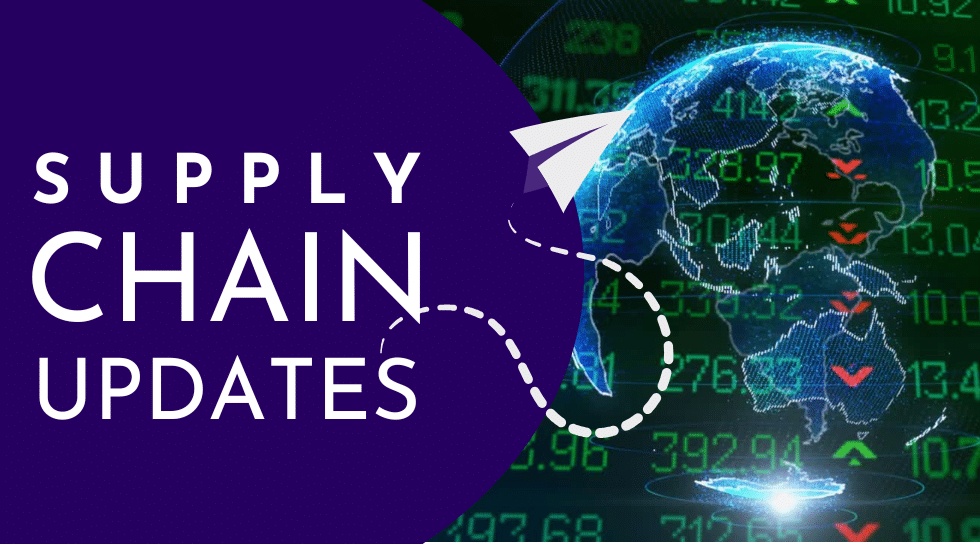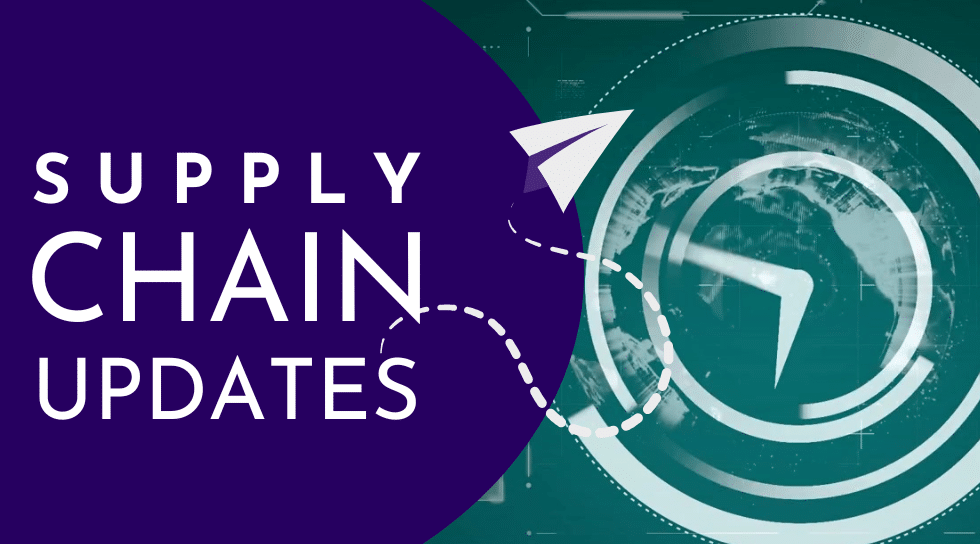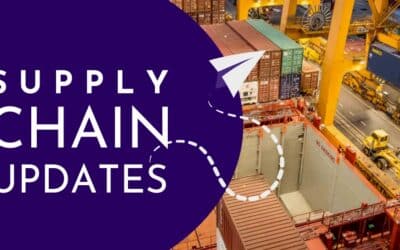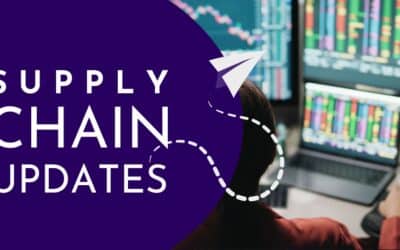Key Tariff Dates:
- Aug. 31: Section 301 Annex A product exclusions end, meaning goods that were temporarily exempt from tariffs will now face duties.
- Sept. 1: Section 301 Annex B product exclusions expire, adding more items back under U.S. tariff coverage.
- Oct. 14: New vessel fees on Chinese ships take effect, starting at $120 per container. These fees will rise each year until they reach $250 in 2028.
- Steel & Copper: U.S. Section 232 tariffs doubled to 50%, making imports of these metals significantly more expensive.
- Aluminum & Steel Derivatives: Clarified rules now require tariffs to be paid on the actual metal content in products such as parts or finished goods.
- Thailand: Customs authorities are tightening checks and documentation to stop tariff avoidance through transshipment, increasing the chance of shipment inspections.
- U.S. and China: A 90-day extension of tariff relief was agreed, but shipments already moving for the holiday season are unlikely to benefit due to long order and transit times.
Here’s How Imperative Logistics Can Support You:
- Review In-Transit Cargo: We’ll work with you to make sure your shipments are properly documented and eligible for any available duty exemptions, helping you avoid unexpected charges.
- Audit Your Routes and Origins: We review your supply chain routes and origin documentation to ensure your operations remain compliant and mitigate risk.
- Supply Chain Diversification Advisory: Trade friction and changing tariffs can create uncertainty, but we can help you look at alternative sourcing strategies to build a stronger, more resilient supply chain.
View the latest Tariff Information:

UK metals firms are facing legal battles after the government announced a sudden 25% tariff on steel imports from Asia with only 24 hours’ notice.
Importers should be aware that sudden tariff changes can disrupt existing supply contracts, raise landed costs, and create urgent compliance challenges with little warning.
East Midlands Airport has surged nearly 20% in cargo volume, overtaking Heathrow as the UK’s leading air freight hub, thanks to lower fees and strong UK and China trade links.
Companies relying on air freight may find new routing and pricing opportunities, but should also prepare for shifting capacity availability as carriers rebalance services.


U.S. imports spiked in the first half of 2025 as companies front-loaded ahead of tariff deadlines, but experts forecast a 5.6% decline in the second half.
Importers should prepare for slower shipping volumes and potential supply imbalances, which could impact lead times, warehousing needs, and inventory planning.
Indian manufacturers are expanding through acquisitions to capture production shifted away from China.
This creates new sourcing opportunities for importers, but analysts caution that some suppliers may lack financial stability or consistent performance.


Container volumes at the Port of Los Angeles reached a record high as importers expedited shipments ahead of anticipated tariff hikes, but indicators now suggest that this wave of front-loading may have come to an end, signaling a slowdown in the traditional peak season.
Importers should reassess inventory timing and demand forecasts to avoid tying up capital in excess stock or missing strategic inbound opportunities.
The U.S. Department of Justice is suing California to block the state’s strict emissions standards for heavy-duty trucks.
For importers, this legal battle could affect supply chain operations in California, potentially increasing costs if stricter standards are enforced or creating uncertainty that delays investment and fleet planning.





